‘Free a man for the fleet!’ - Stories of inspiring Wrens
- View news filtered by: Navy Origins
- View news filtered by: Naval Lives
- View news filtered by: Women in the Navy
- View news filtered by type: Blog
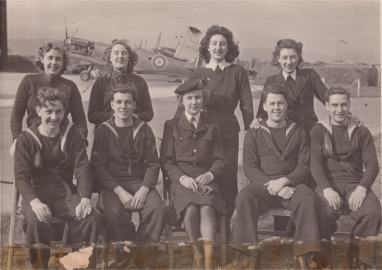
The Women’s Royal Naval Service, also known as WRNS, was a special branch of the Royal Navy formed initially to help ‘free a man for the fleet!’ during the First and Second World Wars. At its peak, around 75,000 women served in a range of diverse specialisms. These roles, including parachute packers, photographers, drivers and coders, ultimately helped carve a fixed place for women serving in the Royal Navy today.
As International Women’s Day approaches, the curating team reflects on some of the inspiring Wrens in the National Museum of the Royal Navy's collection, their roles, and their contributions towards creating a more equal service.
First Officer Helen Mary Minto
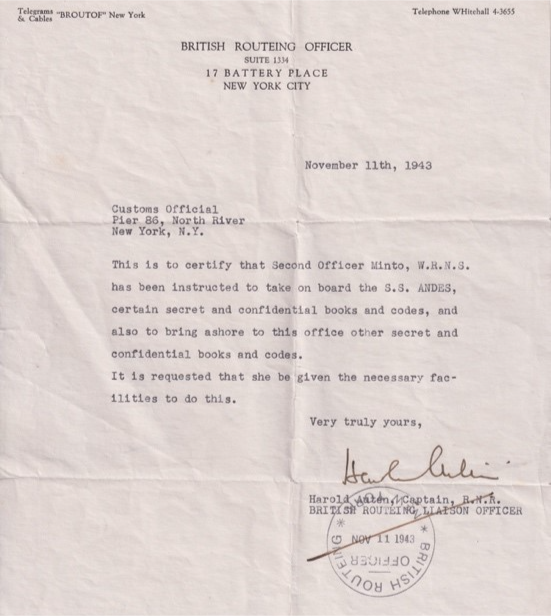
First Officer Helen Mary Minto was a supply and cypher officer during the Second World War. During her career, she was posted to the troopship SS Andes and, from the 11th of November 1943, was authorized to carry secret codes and confidential books between the ship and the shore.
Wren Pamela Headington
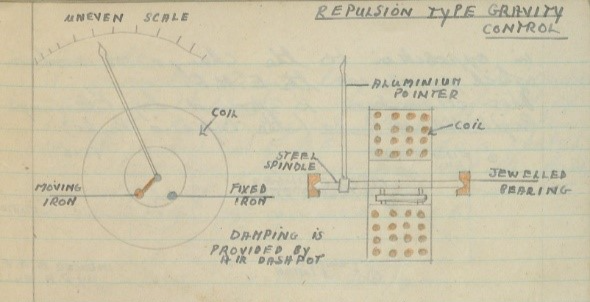
Pamela Headington served as a Torpedo Wren during the 1940s. Her training on the Seaman Torpedoman's course at HMS Vernon included theoretical lectures and practical experience in torpedo assembly and maintenance. In time, she used her skillset to train sailors operating Motor Torpedo Boats (MTBs) along the south coast of England. Working with weapons could be dangerous and she reportedly sustained a small scar on her finger from a torpedo propeller blade.
Wren Dorothy Peene
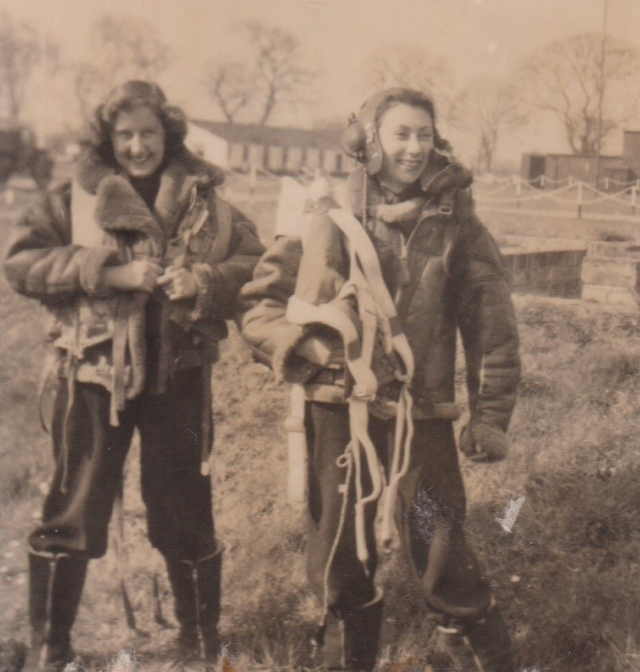
Wren Dorothy Peene (pictured far right above) served as a parachute packer between 1944 and 1946 at various Royal Naval Air Stations (RNAS), including HMS Sparrowhawk, HMS Wagtail and HMS Gannet. Parachute packers received around 5 to 12 weeks of training, and Peene would have learnt to pack as well as maintain, test and repair the parachutes for use on the front line.
Chief Wren Evelyn Berry
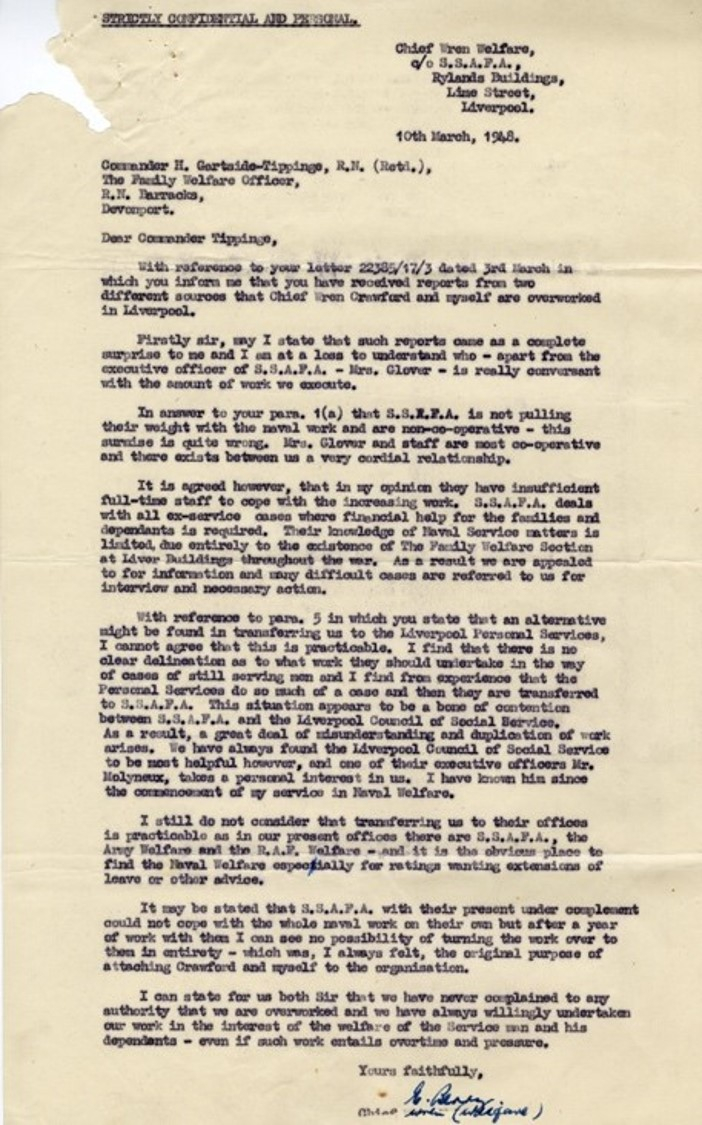
Evelyn Berry enrolled in the service in 1942. Described as ‘loyal with a clear understanding of people,’ Berry quickly transitioned from her early role as a writer to Chief Wren of Welfare at HMS Eaglet in August 1944 (NMRN 2024/21/3). Responsible for several activities, reports suggest that Berry and her colleagues in Liverpool were overworked. Of course, Berry took this in her stride, stating, ‘...we have always willingly undertaken our work in the interest of the serviceman and his dependents – even if such work entails overtime and pressure.’ (NMRN 2024/21/6).
Commandant Anne Spencer
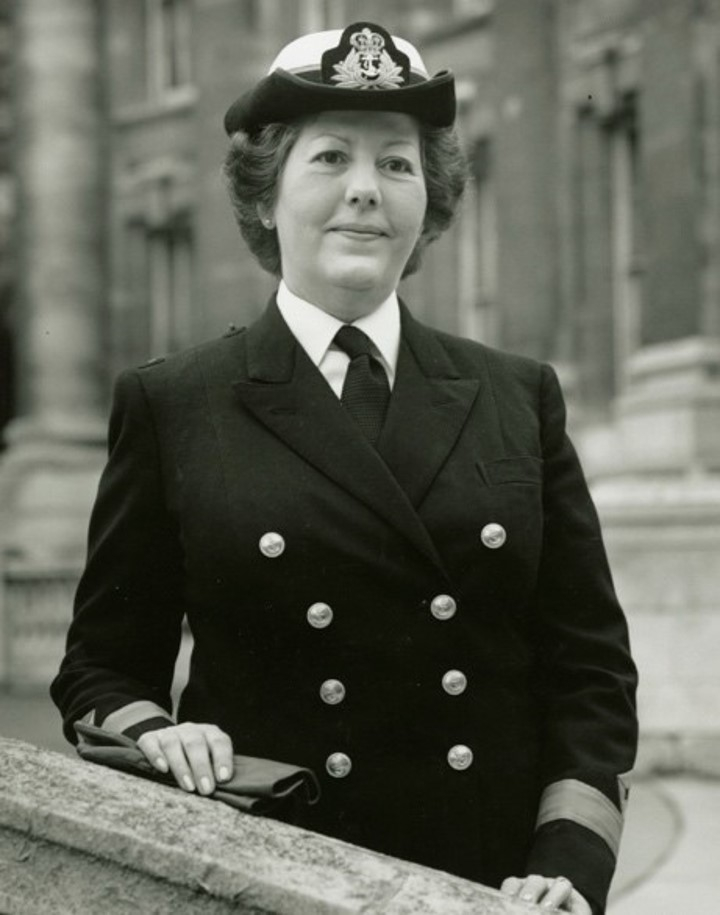
Anne Christina Spencer, with a background in domestic science, joined the WRNS in 1962. She quickly rose through the ranks, holding various positions, including Quarters Officer, Flag Officer at Plymouth, Deputy Director of WRNS, Naval Director of NAAFI, and finally Director of the WRNS in 1991. Her focus in this final role was to oversee the integration of the branch into the Royal Navy, and she thus became the 17th and last director in 1993. These words give a sense of what Spencer and her fellow WRNS achieved and overcame:
"In 1917 we weren’t allowed gold lace because the Treasury thought it was wasted on women. It was decreed that gold should be the prerogative of the men. We’ve got it now though..." (Navy News, 1993)
If you have enjoyed this small selection of material, why not check out what else we have in our collection relating to the WRNS? Or if you want to learn more about the fascinating stories of the women who serve in the Royal Navy in person, visit the Fleet Air Arm Museum, where you can see our Pioneers to Professionals: Women of the Royal Navy exhibition.
Top image credit: The Parachute Packers (RNM 2015/62/27, Courtesy of the National Museum of the Royal Navy)
Bibliography
Fletcher, Marjorie H. (1989) The WRNS. London: B.T. Batsford Limited.
Storey, Neil R. (2017) WRNS. London: Bloomsbury Shire Publications.
The Navy News (1993). ‘Requiem for the WRNS,’ October 1993 (Accessed 22 February 2024).
The Telegraph (2012) ‘Commandant Annie Spencer,’ August 2012 (Accessed 22 February 2024).